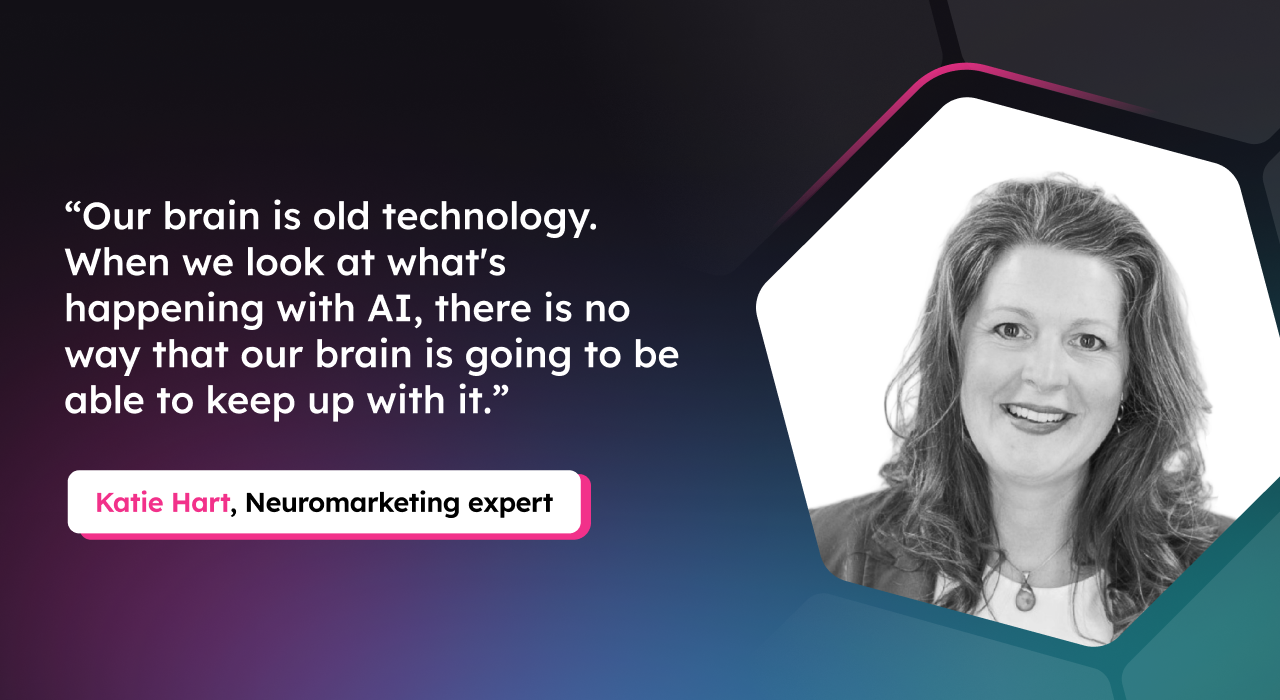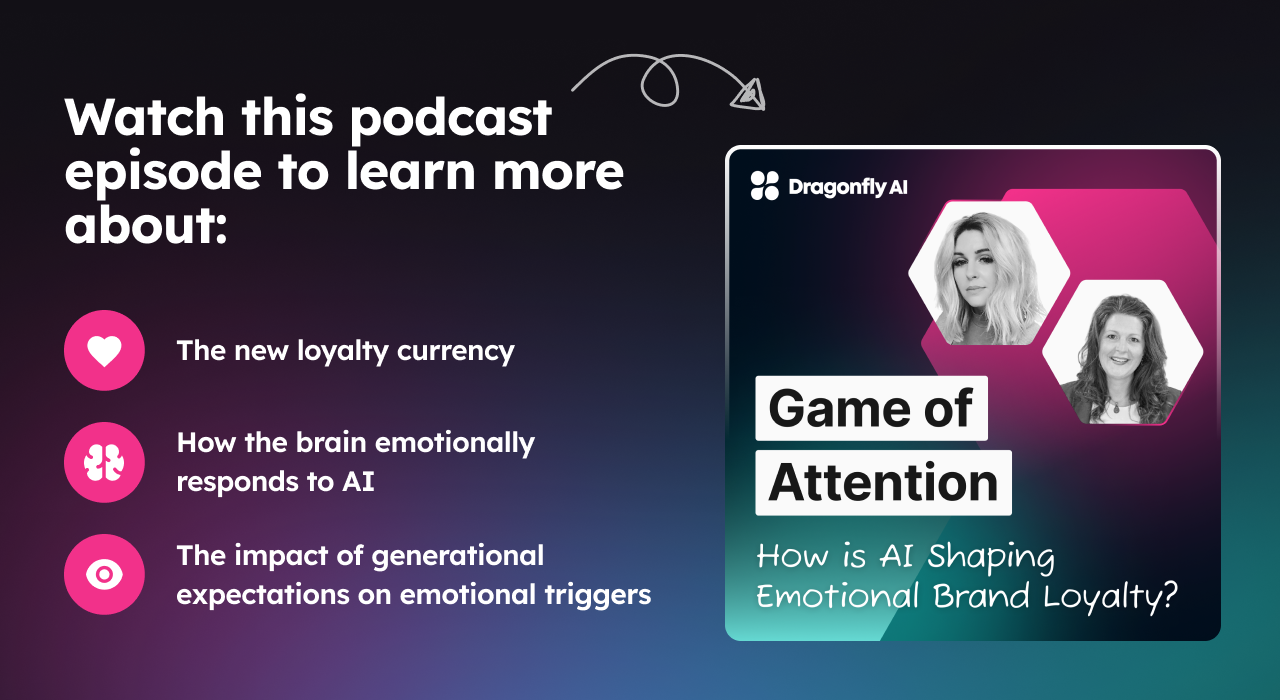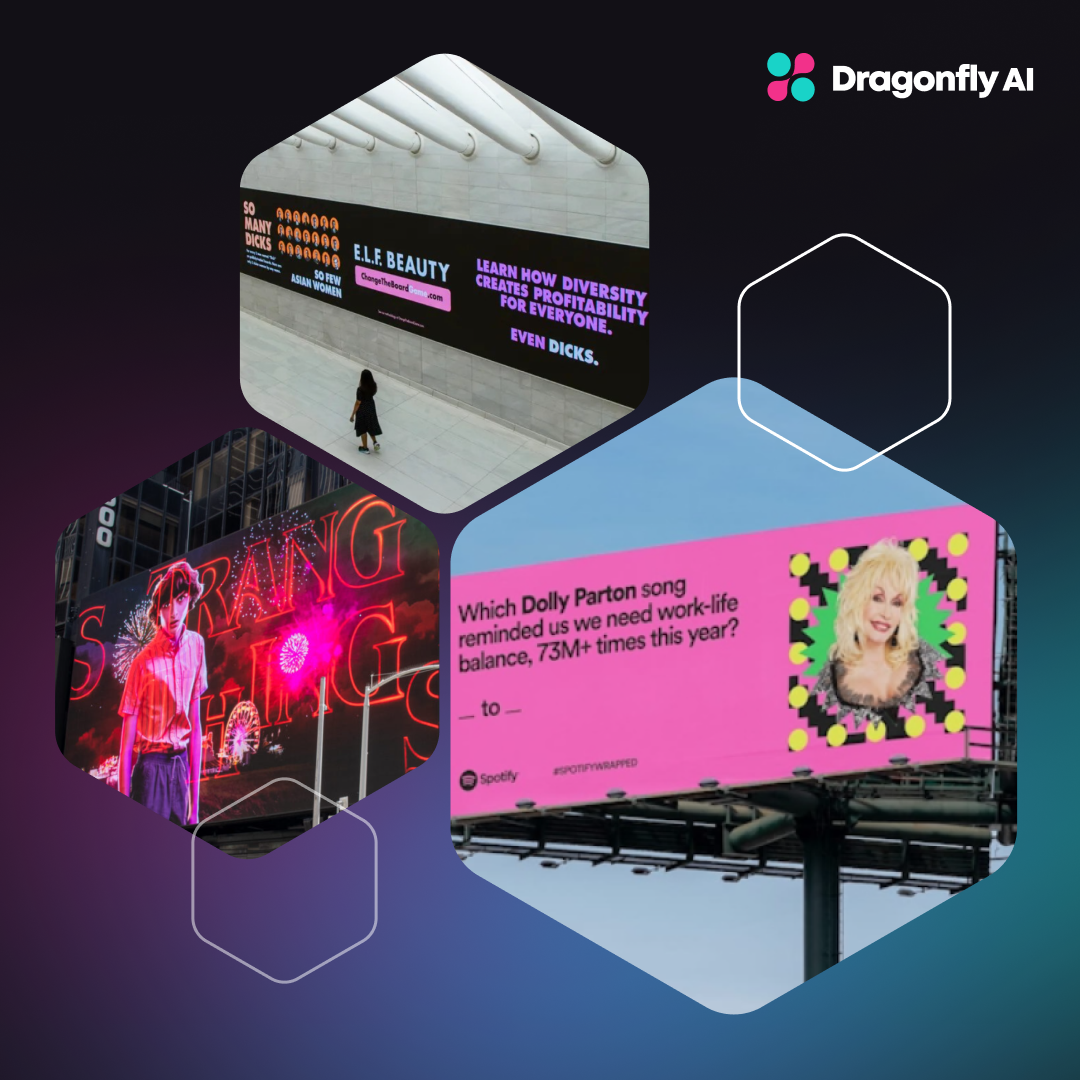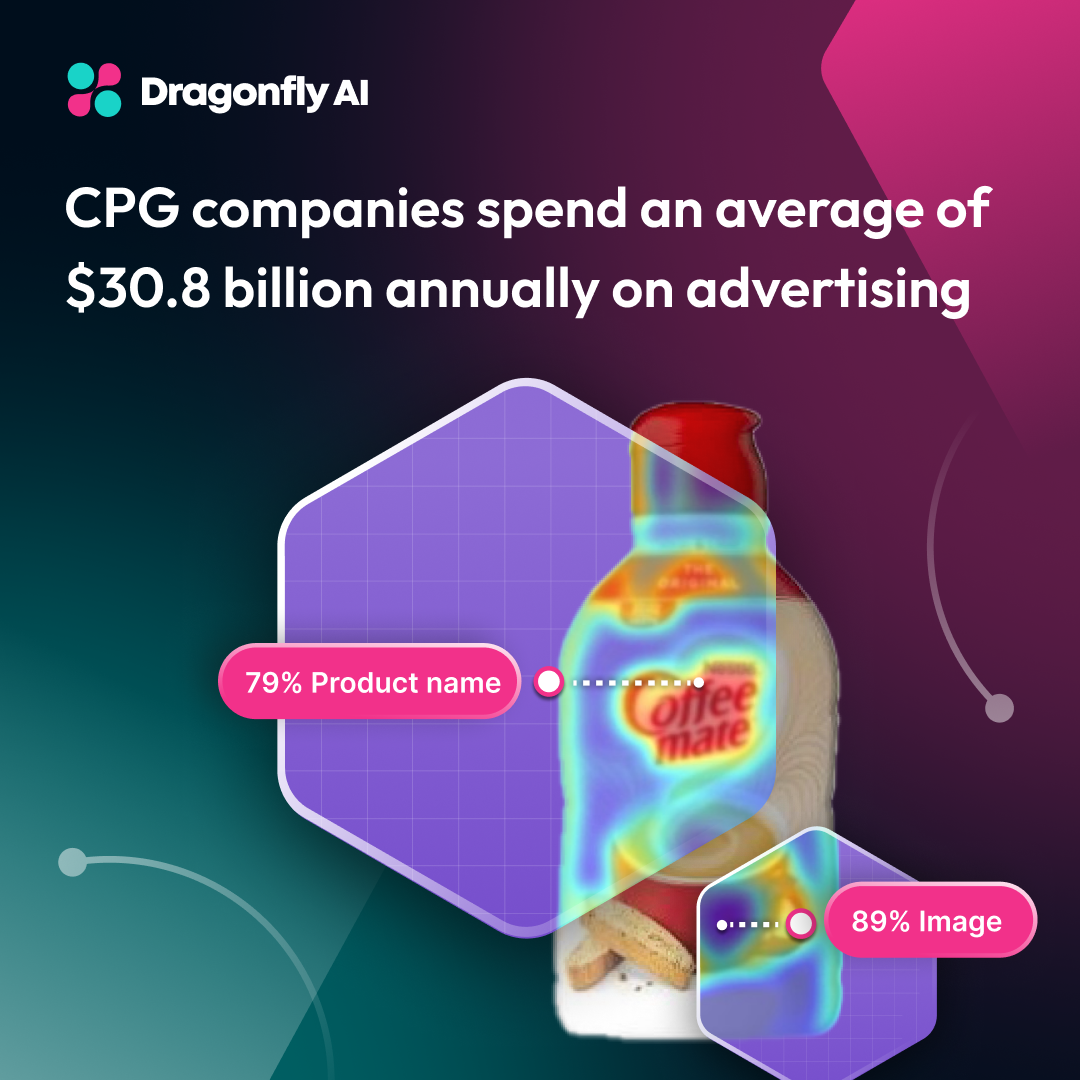Ever wonder why some ads instantly connect while others fall flat? That’s where neuromarketing tools come in. These tools are changing the way we understand consumer behavior and make smarter marketing decisions. They help you see how customers really think, feel, and react to your products and campaigns.
Tools That Show What People See and What They Miss
From eye tracking to predictive AI, these neuromarketing tools help uncover what drives clicks, conversions, and loyalty.
1. Predictive Neuromarketing Platforms
Predictive platforms use AI to analyze huge amounts of data from behavior patterns to eye movements, and show how people are likely to respond before launching a campaign.
Instead of running live tests, predictive visual analytics tools like Dragonfly AI simulate where attention is likely to go. You upload a design, and within seconds, you’ll see what people will notice first.
2. Eye-Tracking Technology
Eye-tracking shows exactly where people look and what they ignore. It tells you which parts of your site, ad, or product actually grab attention so you can focus on what works and fix what doesn’t.
For e-commerce, it reveals what shoppers are looking at, not just what you think they see. You'll know what draws clicks, what’s skipped, and how attention flows across your layout.
3. Facial Expression Recognition
This tech tracks micro-expressions to gauge how people feel in real time whether they’re smiling, confused, or tuning out. It’s emotional feedback without having to ask.
These tools pick up on everything from big reactions to subtle cues. You’ll know how people feel when they see your content so you’re not left guessing.
4. Online Behavior Tracking (Web & Social Media Analytics)
Web analytics tools track how people move through your content, what they click, how long they stay, and where they drop off. That makes it easier to spot what’s working and what needs fixing.
Heatmaps and scroll maps show what gets noticed and what doesn’t. Want to see if people make it to your CTA? Or where they’re stalling out? These tools lay it all out clearly.
5. Virtual Reality (VR) and Augmented Reality (AR)
VR and AR let you build immersive, interactive experiences that show how people respond in the moment. VR creates full digital environments. AR adds digital layers to the real world. Both give you a deeper read on behavior and attention.
Imagine a car buyer exploring a virtual dealership from home. By tracking what catches their eye and where they linger, AI helps personalize their experience for better engagement.
Why These Tools Matter
Neuromarketing tools offer real-time insights into how people feel when interacting with your brand, something traditional research can’t match. With AI platforms like Dragonfly AI, you can predict consumer behavior more accurately, giving you a competitive edge when planning campaigns.

Why It’s Time to Rethink Old-School Market Research
Neuromarketing tools outperform traditional research methods, like surveys and focus groups, by revealing real-time behaviors and emotions, not just what people say they think or feel.
- Accuracy: Traditional market research often depends on responses from surveys and focus groups, where people tend to provide answers they think are “socially acceptable” or what they believe researchers want to hear. Neuromarketing, on the other hand, taps into real, subconscious reactions, giving us data that’s more accurate and trustworthy.
- Speed: Surveys and focus groups take weeks to run and even longer to analyze. Neuromarketing? It gives you answers almost instantly.
- Higher ROI: With neuromarketing, you’re not just getting data—you’re gaining a deeper understanding of consumer behavior. This allows you to optimize your campaigns in real time, reducing the risks of poor decision-making. The result? Better returns on your investments since you're working with data that’s truly reflective of consumer behavior.
What Big Brands Are Getting Right with Neuromarketing
Big brands aren’t just testing these tools, they’re using them to drive real results across ad performance, engagement, and sales.
- PepsiCo saw a 12% jump in ad recall using eye-tracking
- Netflix increased user engagement by 30% with facial coding
- eBay drove a 25% lift in sales with heat maps
Even big names like IKEA and Coca-Cola saw results using neuromarketing tools, with IKEA increasing foot traffic by 15% and Coca-Cola improving click-through rates by 10%.
H2: How to Start Using Neuromarketing Tools in Your Campaigns
Getting started with neuromarketing tools doesn’t have to be tricky. Here’s how you can get started and make the most of them:
- Identify Your Goals: First, figure out what you want to achieve. Is it boosting ad performance, improving the user experience, or getting a better sense of how people feel about your brand? Knowing your goals will help you choose the right tool for the job.
- Start Small: If you’re new to neuromarketing, keep it simple at first. Try something like an eye-tracking study on your landing page. It’s a quick win and will help you get comfortable with the tech. Plus, starting small lets you focus on one area without feeling overwhelmed.
- Leverage Predictive Analytics: Ready to take it up a notch? Look into predictive neuromarketing platforms like Dragonfly AI. These tools help you predict how different audiences will respond to your campaigns so you can tweak things before you even launch. It’s a great way to save time and make sure you’re on the right track from the start.
- Integrate with Existing Software: Many neuromarketing tools easily integrate with your current marketing platforms. Whether you’re doing email marketing or social ads, connecting everything will make the process smoother and give you a clearer picture of how your campaigns are performing.
- Keep Optimizing: Neuromarketing is not a one-and-done deal. After collecting data, use those insights to keep improving your campaigns. The more you optimize, the better you’ll get at hitting the sweet spot with your audience.

What’s Coming Next in Neuromarketing Tech
AI and machine learning are making neuromarketing smarter and faster. These tools now track attention patterns and emotional responses, providing deeper insights into how ads and product designs influence buying decisions.
Dragonfly AI is already making use of these advancements, using smart algorithms to track how people react to different visual elements in ads and on websites. By digging into these emotional responses, marketers can adjust their campaigns to connect with their audience more effectively.
As AI and data-driven tools continue to evolve, neuromarketing will get even more precise, helping you stay ahead of the competition and better understand what resonates with customers.
Ready to See What Your Customers Will Notice First?
Neuromarketing tools are changing how we understand consumer behavior. With technologies like predictive analytics, eye-tracking, and facial recognition, these tools give us a deeper look into how consumers think and feel.
By integrating neuromarketing into your strategy, you can stay ahead of the curve and craft campaigns that are more personalized and impactful. Start with small tests, explore different tools, and see how they can upgrade your marketing campaigns.
Want to stop guessing and start knowing what works? Book a demo with Dragonfly AI and see how our predictive insights can help you create campaigns that convert.




